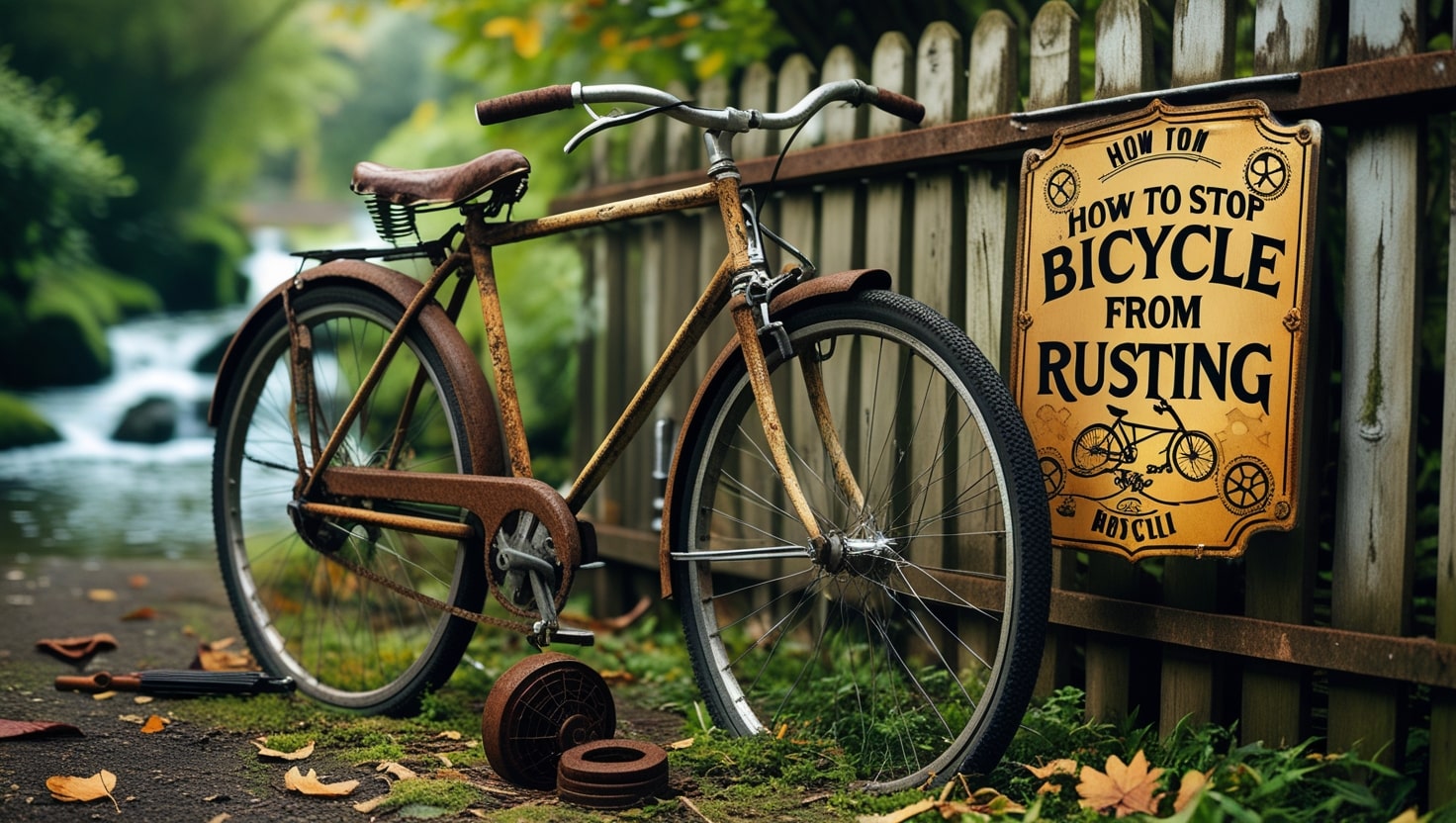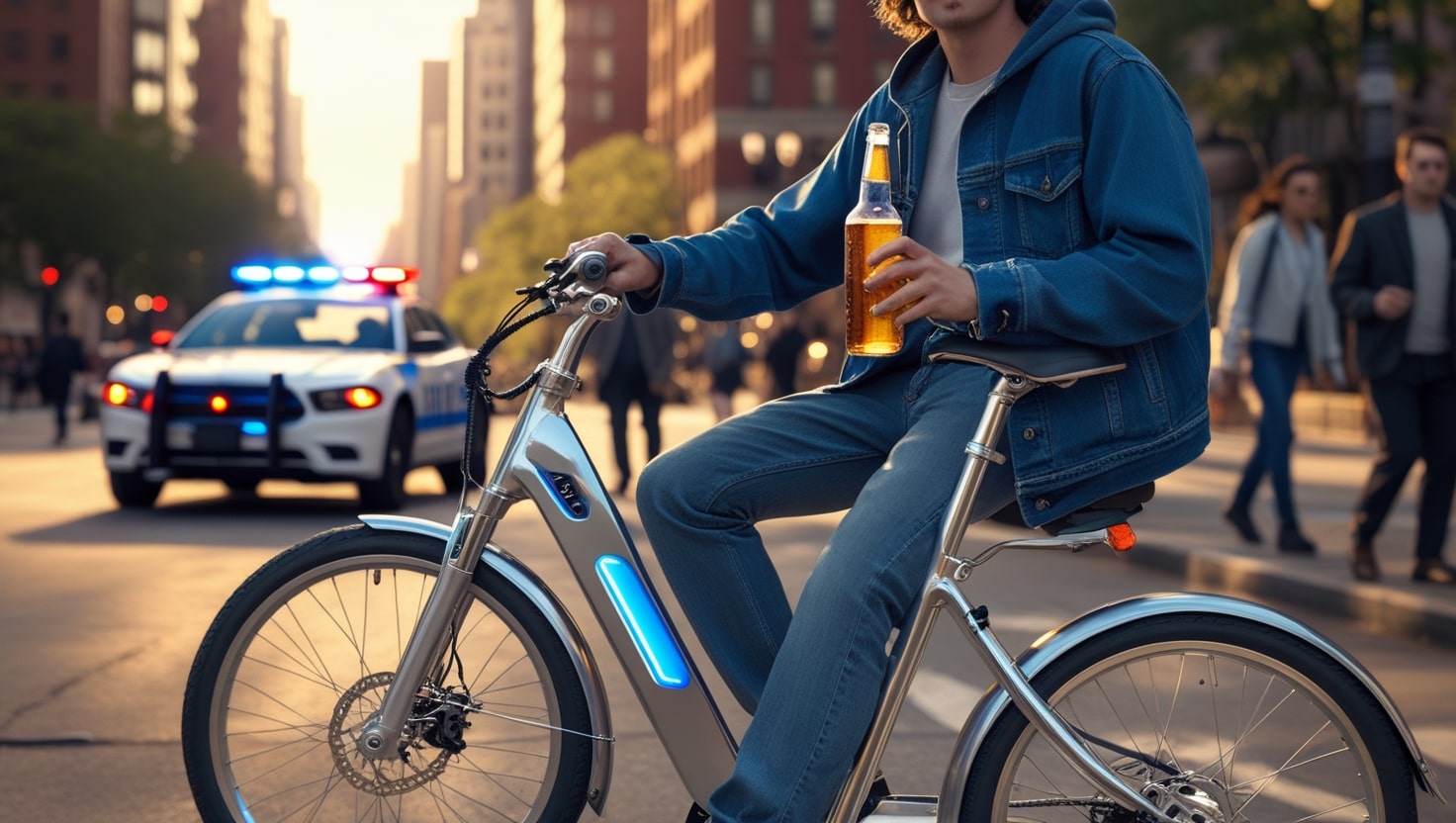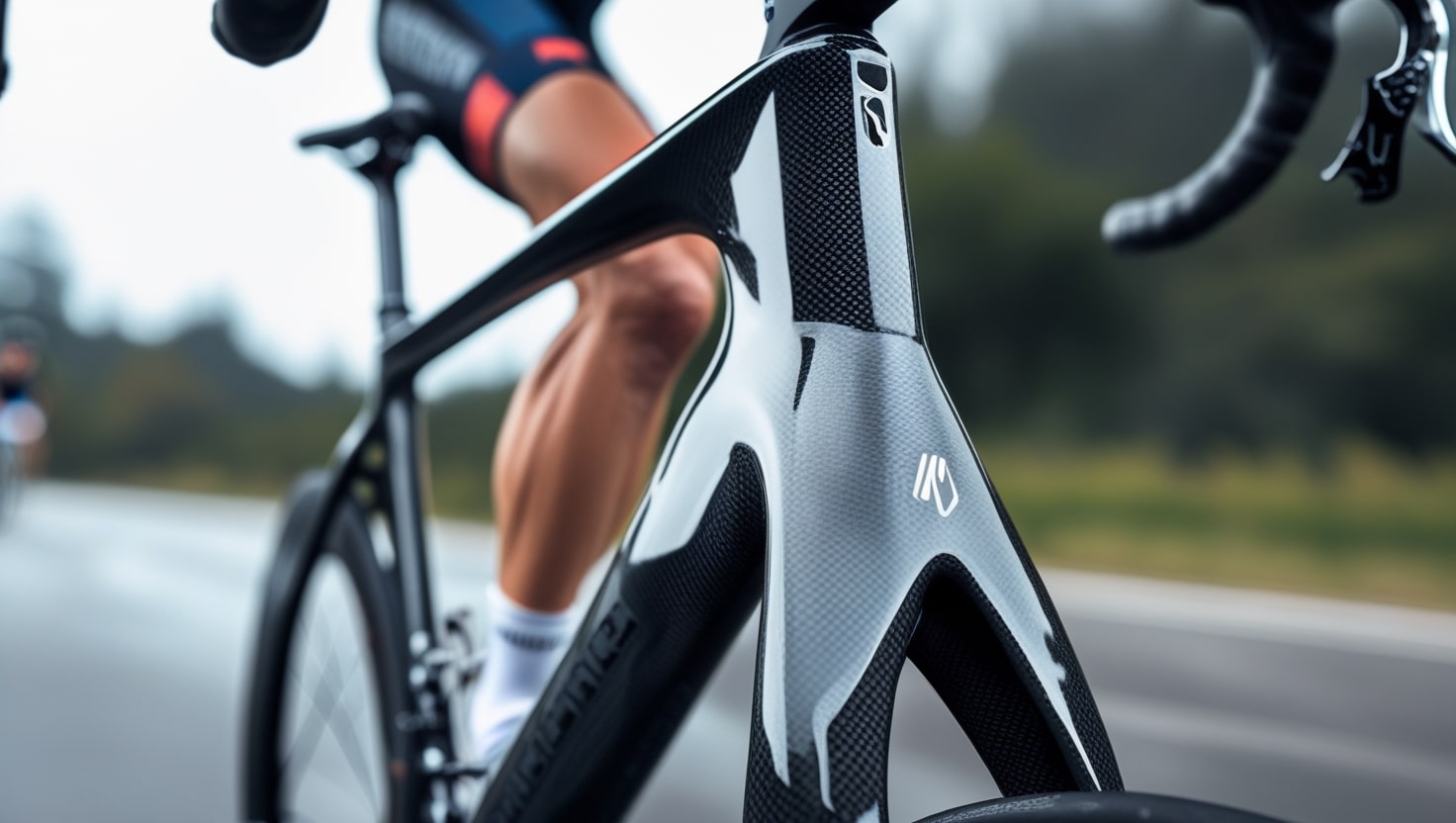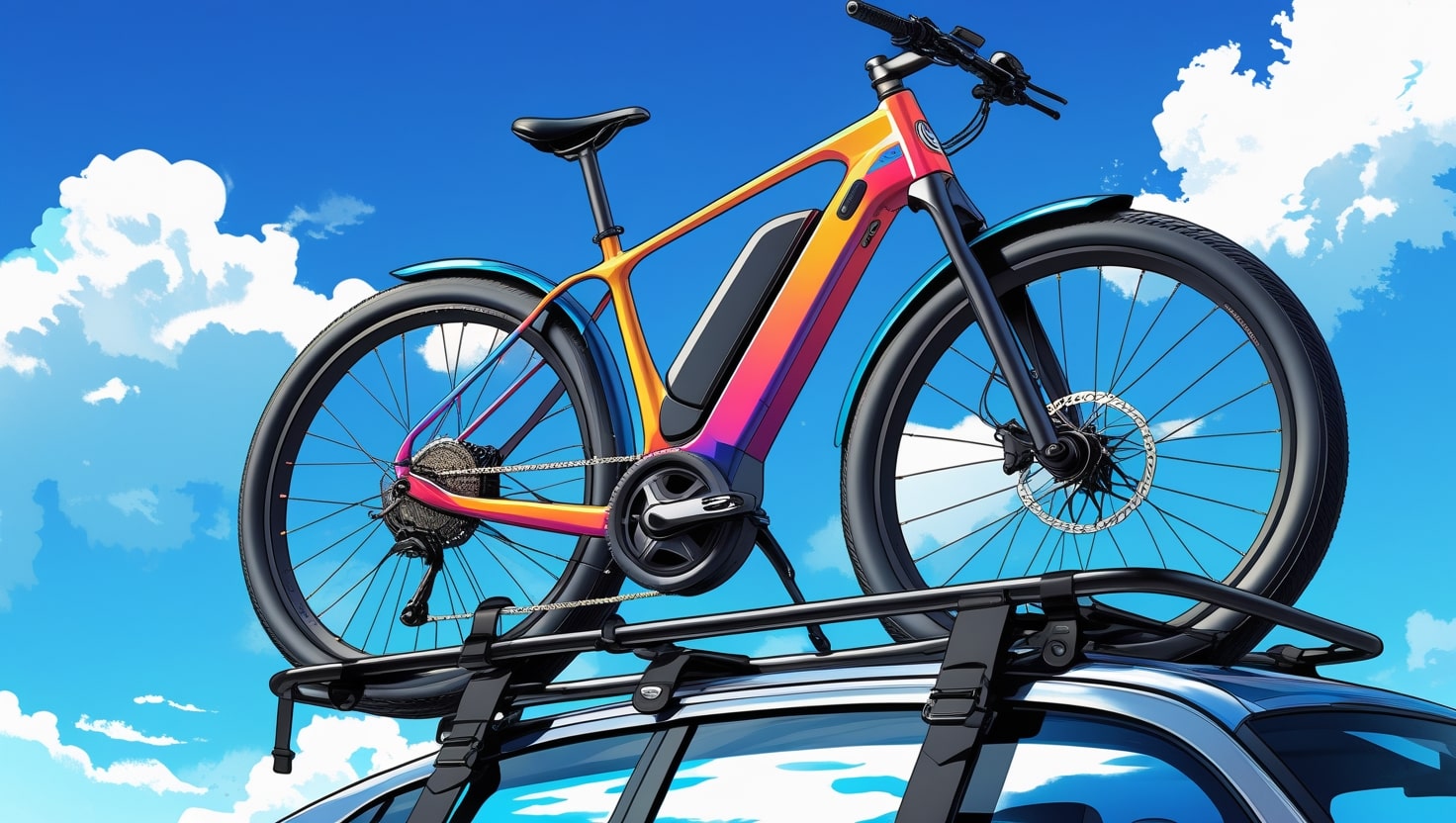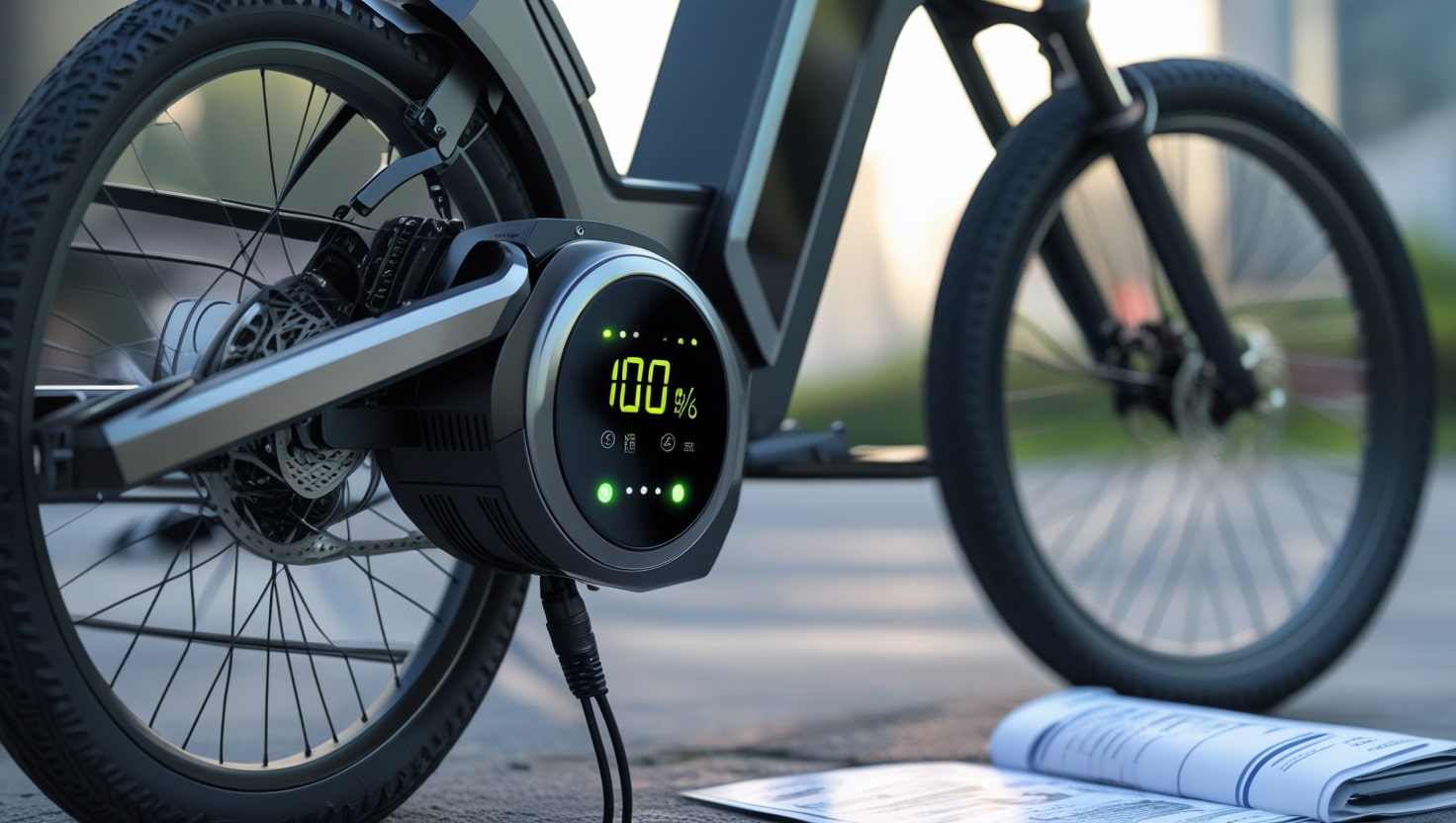As someone who used to store my bike in a damp garage, I quickly learned how important protecting it is to stop it from rusting. If you cycle daily or only ride on weekends, keeping your ride in good shape helps extend its life. I remember reading a blog post that took a quick insight into how tiny behaviors can make a big effect.
The key is prevention—a little effort now saves you from trying to cure a problem later. The first place to start is by wiping your bike dry and storing it somewhere dry after every ride. From personal experience, taking time to care for your bike has helped me avoid serious rust issues, especially when my rides end in unexpected rain.
Related: How to Remove Rust from Bike Chain
What is Rust on Bicycle?
When I first noticed the red-orange, flaky patches on my bike’s metal parts, I didn’t realize it was the start of a damaging process. It turns out this dusty substance, commonly known as rust, forms due to a chemical reaction between Iron, water, and oxygen in the air. This reaction is called oxidation, and the visible result is what we call rusting. The formation of rust is a slow but harmful phenomenon, especially when it starts on exposed surface areas. Even a light mist can trigger this if your bike is stored in a damp garage.
To truly stop rust in its tracks and extend the life of your cycle, you must focus on prevention. Keeping your bike dry is the first place to start—never leave it wet after a ride, and avoid storing it in a garage that traps moisture. I came across a blog post that shared some quick, effective tips, like wiping down your frame after rides and applying a protective layer to any metal areas. These small habits are not just for looks—they help protect your investment and reduce the need for a costly cure.
Related: Why Is Rust Bad for a Bike?
Preventing rust damage
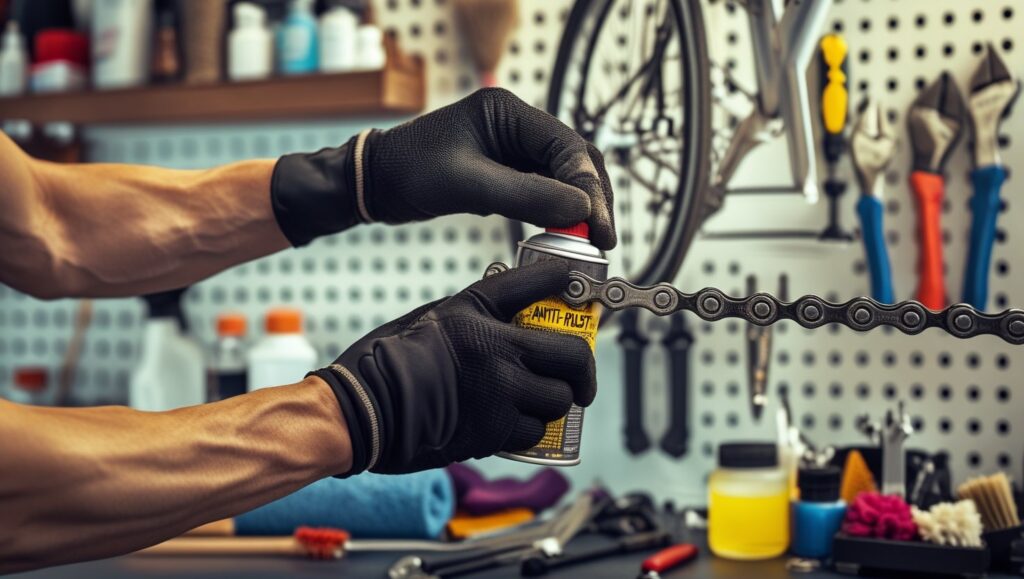
From what I’ve learned over the years, stopping rusting is all about managing the conditions that allow it to form. Rust is formed when moisture, water, and oxygen in the air react with the metal surface of your bike, starting a slow oxidation process.
That’s why even a light splash or ride through a puddle can start trouble. I always remind new riders that prevention is better than repair. Simple tips like storing your cycle in a sheltered, enclosed garage or covered space help a lot. Avoiding wet environments and choosing a dry place are part of the basics. Keeping your bike safe and rust-free begins with understanding how these everyday factors create rust.
After rides, I always make it a habit to wipe down my bike, especially if it’s wet. This preventative step keeps moisture from lingering and creating more problems. A dry frame lasts longer, and regular wiping protects the metal from slowly falling apart.
I’ve seen rusts that turned into dust, and I’ve even spotted pieces flaking off the surface after a winter of neglect. When rust is left too long, the impact on the bike’s performance can be serious—imagine hurtling down a busy road, only to realize your frame isn’t holding together. That’s why even the smallest basics matter. A few minutes of care can make the difference between a solid ride and a dangerous one.
How to Stop Bicycle from Rusting
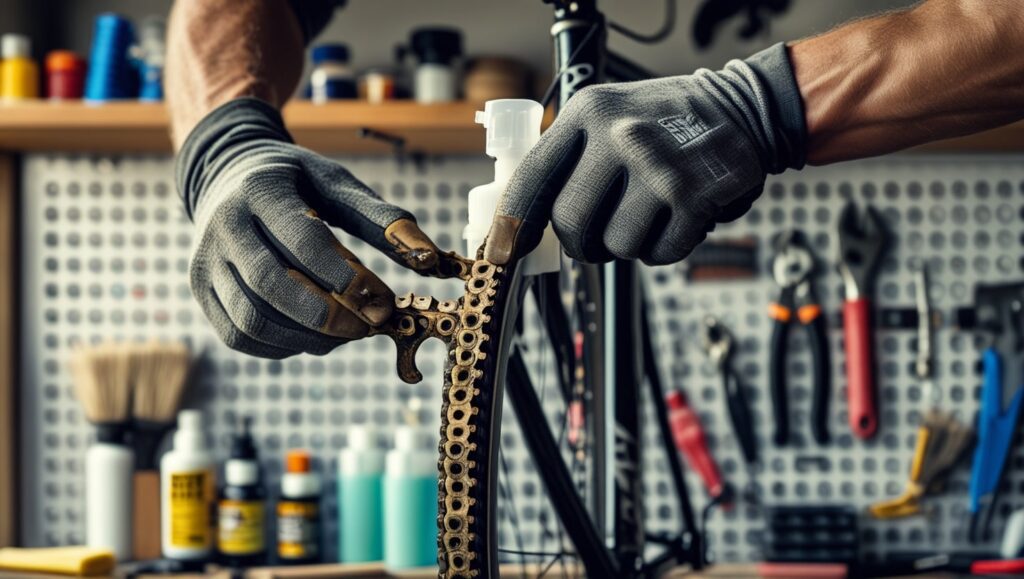
Over the years, I’ve learned that to truly rust-proof your bike, the key is early protection. If you’ve already removed any visible rust, now is the ideal moment to apply an anti-rust primer. You can strip the old paint off your frame and start fresh, though it does take time and a bit of inclination. I once stripped my own bike back to bare metal and used Pidilite rust shield, which gave me a solid base coat. If repainting sounds like too much, products like Waxpol work just fine too, although the finish is a bit waxy and thicker than some might prefer. Still, this step forms a strong barrier that’s weatherproof and keeps moisture out.
For the best results, I recommend layering on an application of weatherproofing solution right after priming. Whether it’s from Waxpol or Pidilite, you want something that can handle the rain and humidity without letting moisture creep in. Beyond the paint and frame, don’t forget your chain and gears. Keeping them well-lubricated is a game changer. I’ve had great luck with BIO chain degreaser to get everything clean, followed by lubricant spray to keep things running smoothly. A dry chain invites rust, so take this step seriously.
One of the best tips I give anyone new to biking is to act before rust pops up. It always seems to show up overnight, especially when you’re not paying attention. Rust is honestly inevitable, but it’s also completely treatable. The more you prevent it early on, the less you’ll have to treat later. Trust me—taking these small steps has saved me both time and money over the years. A rusty bolt or lock might seem small, but they often turn into a bigger problem fast.
If you’re looking for something quick and easy, Muc-Off MO-94 is a reliable all-rounder. Its formula not only lubricates moving parts, but also creates a protective film that repels water, removes moisture, and even prevents corrosion and dirt adhesion. I’ve used it on bikes, motorcycles, even cars. Got a rusty door hinge or a stuck bolt? This stuff works. It’s strong enough to handle tough weather but safe enough for delicate parts. Just spray it on and let it drive out excess water—it keeps rust at bay and saves you from future headaches.

